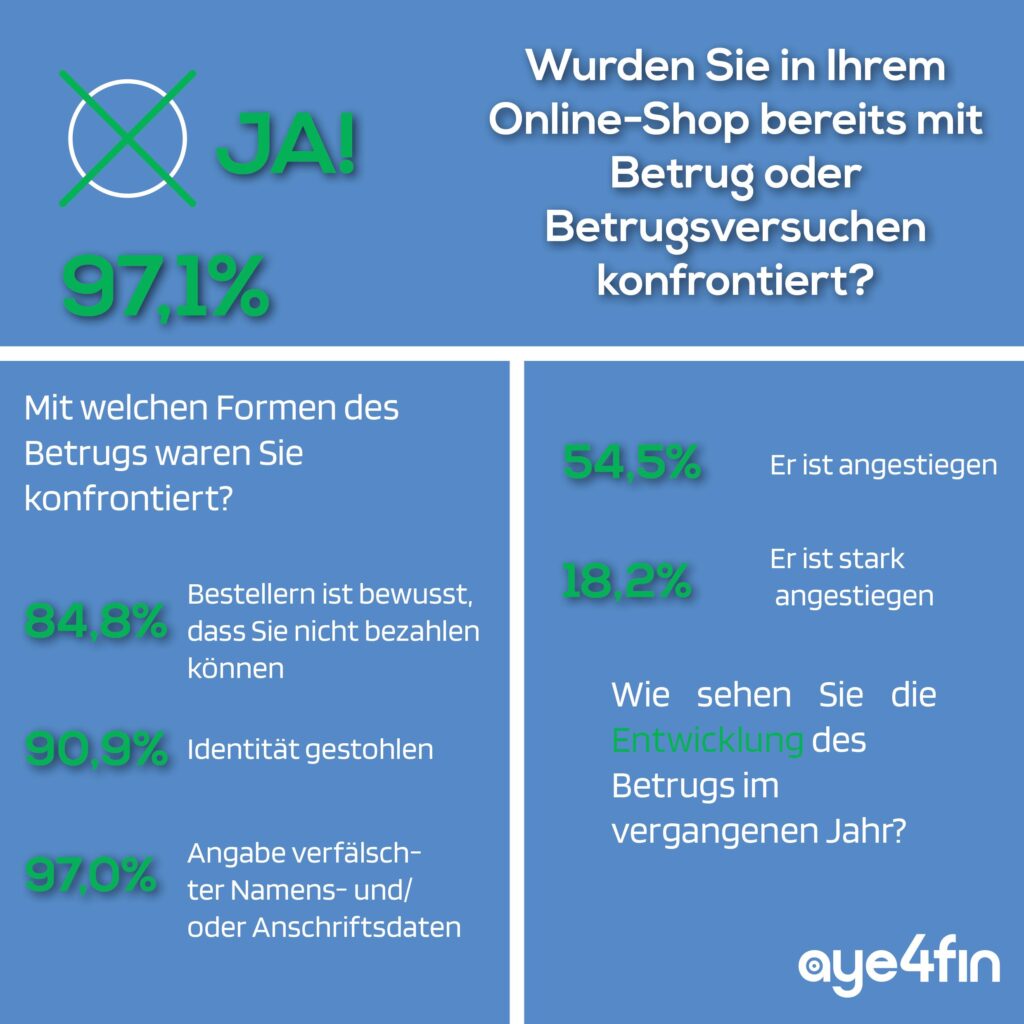The question is not if but when: Your online shop will also become a target for fraudsters


What you need to know about fraud as an online merchant
In the wake of the Covid-19 pandemic, many retailers have taken the step. You also offer your goods for sale online. It is worthwhile to have a strategy right from the start against “customers” who would rather spend other people’s money than their own. Because it is not a question of “if”, but rather “when” your online shop will also be the target of professional online fraudsters: 97% of German online and mail order retailers complain that they have been victims of fraud at least once.
But what can you do to keep losses as small as possible? We have summarized the most important points for you here.
1. Optimization of the payment-mix
First of all, do not offer new customers any payment options for which you as a merchant bear the credit risk (e.g., SEPA direct debit, purchase on account). Here you can travel more safely with payments by credit card, PayPal, or prepayment.
2. Verification of customer data
Schedule resources to check your online orders for plausibility before shipping. Various service providers can help you by verifying the data provided by the customer (e.g. whether a person is known at the delivery address or whether the email address provided is classified as trustworthy).
3. Documentation
Use the shipment tracking of your shipping service provider, especially for expensive goods, and get a receipt for the successful delivery.
4. Real-time risk assessment
Is the volume of your online shop growing and are you starting to sell internationally? Now it is time to integrate a service provider into your shop system that carries out a real-time risk assessment based on algorithms and, more recently, machine learning. Suspicious orders are marked or rejected immediately, depending on how you have configured the service. We would be happy to advise you on the requirements for your company.
5. User experience
Sound fraud prevention is important, but don’t forget that the vast majority of your customers are legitimate. Don’t set up any hurdles that give your customers a negative ordering experience.
6. Data analysis
If, despite all the precautions, a case of fraud does occur, analyze the case carefully and adjust your strategy accordingly. A successful scammer will try to exploit a discovered vulnerability as often and for as long as possible.

About the author
Torsten Knörr has been a passionate eCommerce fraud fighter since 2003. His career path cover fraud analytics, architecting several state-of-the-art anti-fraud features for a big eCommerce platform, and the implementation of streamlined chargeback handling processes. As Senior Fraud Analyst at aye4fin, he is currently supporting major players in the payment processing area to evaluate and implement third-party fraud solutions.